- Author Jason Gerald [email protected].
- Public 2023-12-16 10:50.
- Last modified 2025-01-23 12:04.
The cost of running a business is quite high, from employee salaries to office building maintenance. As a business owner, you can save a lot of money in the office by reducing the amount of energy you and your employees consume. Saving energy in the office can help reduce electricity bills and the contribution of greenhouse gas emissions. You can save energy in a number of ways, such as updating office supplies and adapting to your workplace environment.
Step
Method 1 of 2: Updating Office Supplies
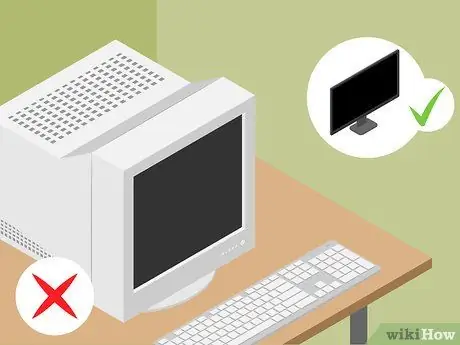
Step 1. Update workplace equipment with energy-efficient models
Some models of computers, printers, photocopiers, and certain other types of office equipment can save energy up to 50-90 percent. Look for workplace equipment with energy-saving features, which are usually labeled with the “Energy Star” logo. This logo indicates that the product is made to reduce energy use.
Energy Star certifications can be found in computers, printers, copiers, refrigerators, televisions, thermostats, and ceiling fans, among other equipment
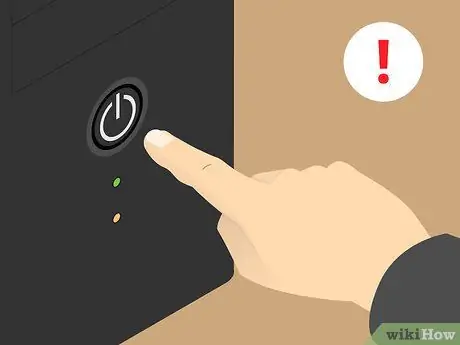
Step 2. Remind everyone in the office to turn off the power at the end of the day
Everyone should participate in turning off electricity when not in use. Contrary to popular belief, turning off a computer at the end of the day does not reduce its useful life and can save a lot of energy.
- We recommend that you provide a power strip for each group of electronic equipment in the workplace. Thus, electrical equipment connected to the power strip can be turned off at once easily.
- Remind everyone at work to unplug "vampire" electronic equipment, such as cell phones or laptops. If this equipment is fully charged, immediately unplug the power cord because electricity will continue to be used if left alone.
- You can also encourage everyone in the office to make sure the shutdown and hibernation options are enabled on their computers. Screen saver mode actually wastes energy instead of saving it. The computer must use twice as much power as usual to turn on the computer screen to activate the screen saver mode.

Step 3. Invite coworkers to switch to laptops instead of using desktops
If the computer at work is going to be updated, I suggest replacing it with a laptop. Laptops consume less power than desktops.
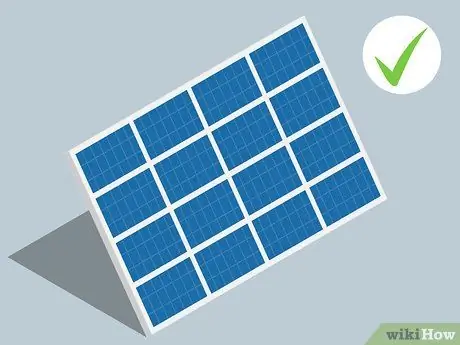
Step 4. Switch to green energy at work
You can also suggest switching to environmentally friendly green energy to supply electricity in the workplace. Green energy is a program offered by power supply companies to reduce the carbon footprint of the workplace.
In the United States, green energy providers are part of a government-accredited program to offer clean and renewable electricity in the workplace to reduce greenhouse emissions. Your supervisor can contact your workplace energy company and ask about green energy options to reduce your workplace's daily energy consumption
Method 2 of 2: Adjusting the Workplace Environment
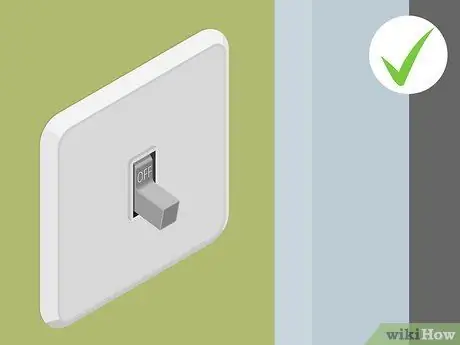
Step 1. Make sure all lights are turned off at the end of the day
To save on electricity costs, establish a workplace policy to ensure that all lights in the office are turned off, including bathroom, kitchen, and meeting room lights. You also need to tell employees to turn off the lights in the room if you are going out for more than a few minutes at a time.
- During the day, maximize the use of sunlight instead of room lights. Turning off one fluorescent lamp for one hour a day can save 30 kg of carbon dioxide emissions per year.
- Consider an office area where too many lights are on in a room that is rarely used. Remove this lamp or recommend not using it when there is sufficient sunlight. In addition, switch to energy-efficient light bulbs, such as compact fluorescent / CFL lamps or LEDs that are more energy efficient.
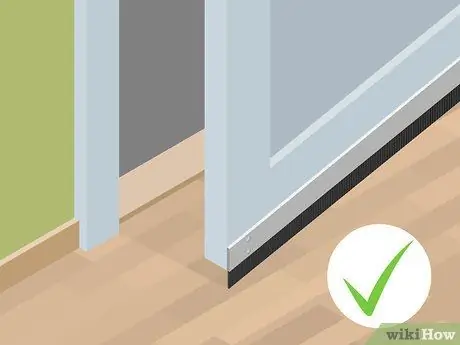
Step 2. Install weather strips on doors and around windows
This will prevent air from escaping the workplace when the air conditioner or heater is on, which is especially important in a workplace in extreme temperature locations.
- You can also prevent wasting energy in the office by keeping the front door closed and making sure it closes as soon as people pass so that not much air or heat gets out of the room.
- You should also clean and repair the heating, air ducts, and air conditioning (AC) system in your workplace (Heat, Ventilation, Air Conditioner aka HVAC) on a regular basis, or use the services of a technician to come once a month. Cleaning the HVAC system will help lower electricity costs and help the HVAC system perform better in cooling or heating the workplace.
- Make sure all airways are clear of paper, files, and all other office equipment. Blocked air ducts make the HVAC system have to work harder and use more energy to circulate warm and cold air in the workplace.
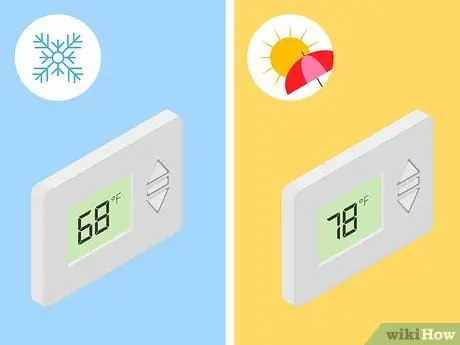
Step 3. Adjust the temperature in the workplace by season
Save heat energy by setting the workplace thermostat to different temperatures in summer and winter. In winter, set the thermostat at 20 degrees Celsius or less during the day and 18 degrees Celsius at night when no one is at work. In summer, set the thermostat at 26 degrees Celsius or higher to reduce energy use in the workplace.
- During winter, keep blinds or curtains open at work on a sunny day. Thus, the sun can heat the room naturally. Close the curtains at night so the heat doesn't escape through the windows. In summer, keep the blinds and curtains closed so the room doesn't get too hot.
- In addition, after office hours and during weekends, energy can be saved by increasing the temperature of the thermostat during the summer, and by lowering the temperature in the winter.
Tips
- Some power companies will provide a free energy audit if requested. Contact your power company for a technician visit and for advice on energy saving in the workplace.
- Use public transportation and try cycling or walking if your destination is close






